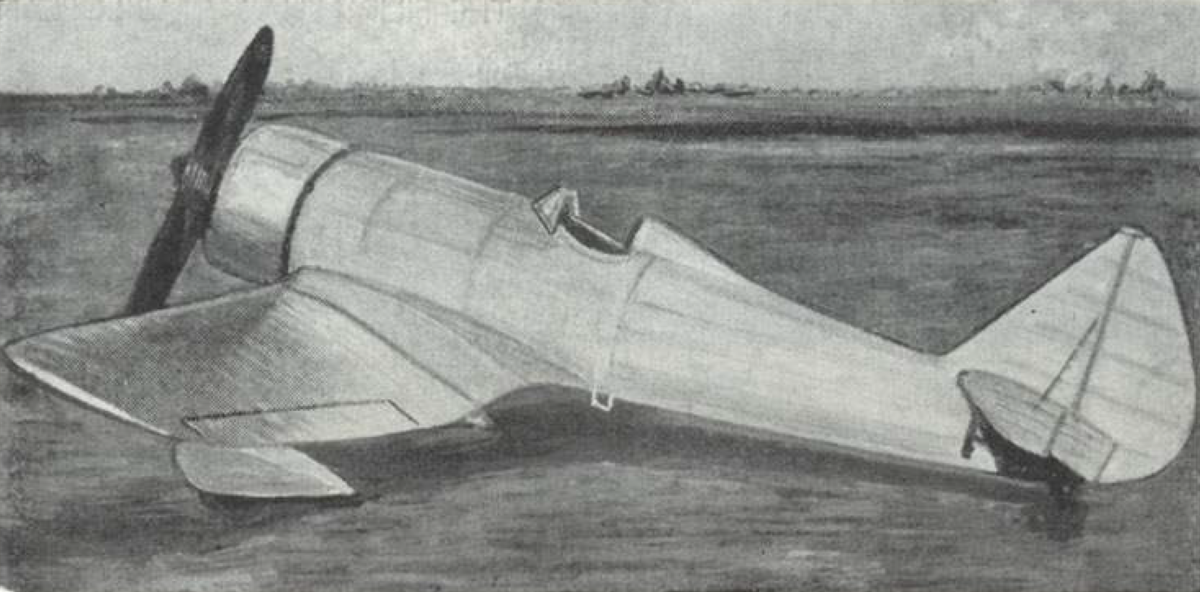Admiral Beez
Major
Forget the multi row radials. What's the best WW2 fighter with one single row, nine cylinder engine?
Follow along with the video below to see how to install our site as a web app on your home screen.
Note: This feature may not be available in some browsers.
Ad: This forum contains affiliate links to products on Amazon and eBay. More information in Terms and rules
Yes, the F4F used the P&W R-1830, but the FM-2 used the Wright R-1820.The Wildcat, like the P-36, had a twin row R-1830 Twin Wasp IIRC?
By the way, some of the Curtiss Hawk 75 models were equipped with the Wright R-1820, too.Ah! Good to learn something new.

The Wildcat, like the P-36, had a twin row R-1830 Twin Wasp IIRC?
Something with retractable landing gear and more than a pair of rcmgs.Forget the multi row radials. What's the best WW2 fighter with one single row, nine cylinder engine?
That's a rarity in this category. The eight gun, retractable landing gear Gloster F5/34 with its single row Perseus would have gotten us there.Something with retractable landing gear and more than a pair of rcmgs.
It is a rarity, but you asked for the best, not a bunch of obsolete stuff.That's a rarity in this category. The eight gun, retractable landing gear Gloster F5/34 with its single row Perseus would have gotten us there.
That's the one with the Wright GR-1820 Cyclone 9 engine? Was the design later modified to take the 14 cylinder, twin row R-1830 Twin Wasp, or did the French just choose a discount version?The Hawk 75A-4 as ordered by the French but 204 taken over by the British.
Didn't one of the early Hawk prototypes have an R-1670 installed?Yes.
The Hawk 75 zig-zagged back and forth on engines.
A number of designs used the R-1820 and R-1830 pretty much interchangeably. It wasn't that the R-1820 was cheaper. It often depended on what the customer wanted. What was available from the engine makers when the order was placed and what features were available. The R-1830 engines used in the French A-1, A-2, and A-3 used single speed superchargers. The A-4 had a two speed supercharger.
The A-5 for China/India used R-1820s.
The A-6 for Norway used the R-1830.
The A-7 for the Netherlands used R-1820s
The A-8 for Norway used R-1820s, These later became P-36Gs and about 30 wound up in Peru.
The Hawk 75, Hawk 81, Hawk 87 may very well hold the record for most different engines flown in on basic airframe. If any plane beats it I would be happy to hear about it.
.